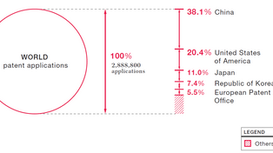What are the limitations and exceptions to copyright?

Creative works such as literature, art, music and films play a crucial role in our lives. To balance copyright protection with the public's reasonable need for access and use, it is necessary to allow for certain exceptions. The Berne Convention, the TRIPS Agreement, and the WIPO Internet Treaties (WCT, WPPT, and BTAP) provide for member countries to adopt limitations and exceptions to copyright and related rights, as long as they meet certain criteria. These criteria include being limited to special cases, not conflicting with normal exploitation of the work, and not unreasonably prejudicing the legitimate interests of the author or right holder. This is known as the "three-step test". If these conditions are met, using material that is otherwise protected by copyright or related rights does not require permission or payment of a fee. Limitations and exceptions generally fall into two categories: general and specific. General exceptions, such as fair use or fair dealing, apply to different situations as they arise, while specific exceptions apply to certain categories of users, uses or both. Most copyright systems have specific limitations and exceptions, and an increasing number have fair use or fair dealing provisions. Although the three-step test is abstract, its application varies among countries that have joined the WIPO copyright and related rights treaties. In general, reproduction for personal study, research, or appreciation is likely to be permissible based on a limitation or exception. However, copying an entire book or downloading pirated films from the internet is considered copyright infringement under most countries' copyright laws.





















Comments